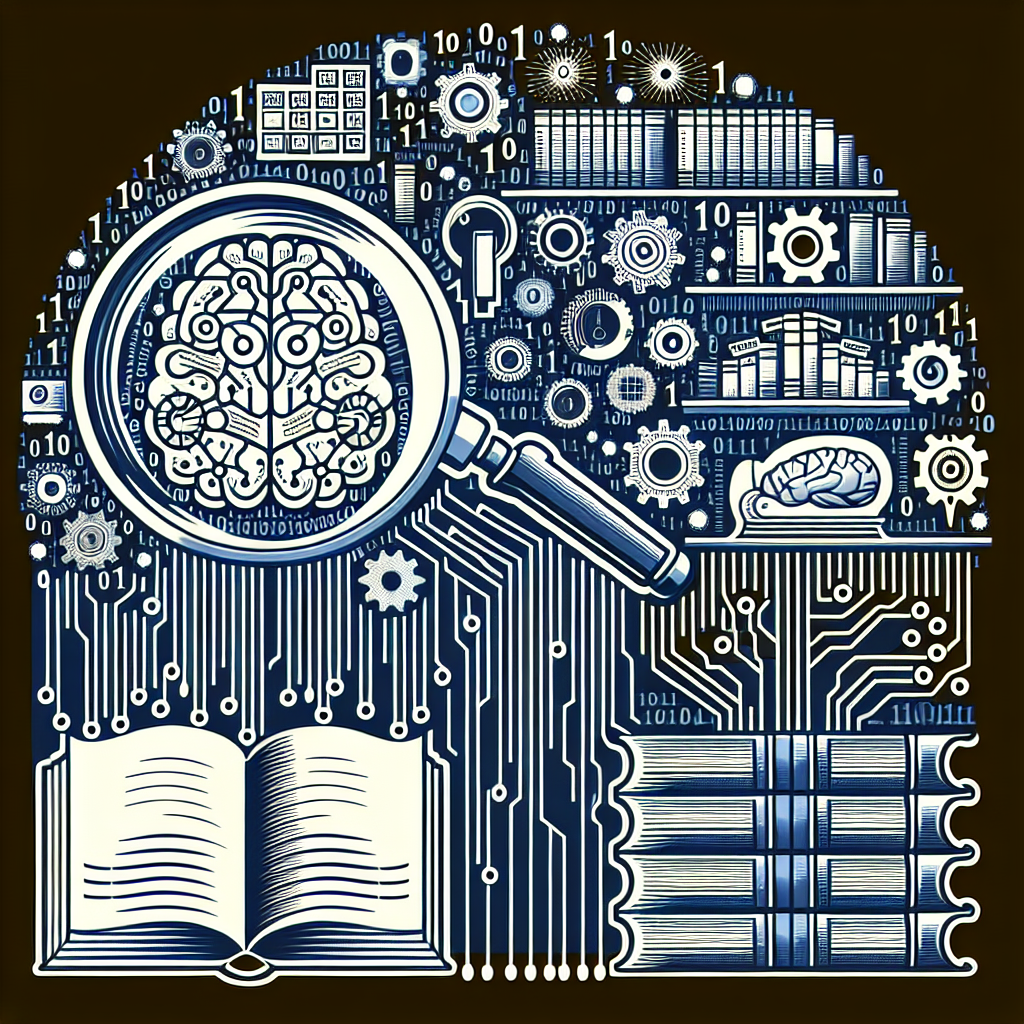Natural Language Processing (NLP) is a branch of artificial intelligence that focuses on the interaction between computers and human language. NLP techniques are used to analyze, understand, and generate human language in a way that is both meaningful and useful. One important application of NLP is text annotation, which involves adding metadata or labels to text data to improve its accessibility, searchability, and analysis. In this article, we will explore the role of NLP in text annotation, its benefits, challenges, and applications.
Text annotation is a crucial step in the process of analyzing and extracting information from text data. By adding metadata or labels to text, researchers and data scientists can make the content of the text more structured and searchable. This enables more efficient information retrieval and analysis, as well as the development of advanced NLP applications such as sentiment analysis, named entity recognition, and topic modeling.
There are several types of text annotation tasks that can be performed using NLP techniques, including:
1. Named Entity Recognition (NER): NER is the process of identifying and classifying entities in text data, such as names of people, organizations, locations, dates, and numerical values. This information can be used to extract key information from text documents, improve search results, and generate structured data for further analysis.
2. Part-of-Speech (POS) Tagging: POS tagging involves assigning grammatical categories to words in a sentence, such as nouns, verbs, adjectives, and adverbs. This information is useful for analyzing the syntactic structure of text data, identifying relationships between words, and improving the accuracy of NLP tasks such as machine translation and text summarization.
3. Sentiment Analysis: Sentiment analysis is the process of determining the emotional tone of text data, such as positive, negative, or neutral. By annotating text with sentiment labels, researchers can understand public opinion, customer feedback, and social media trends, and make data-driven decisions based on this information.
4. Topic Modeling: Topic modeling involves identifying the main themes or topics in a collection of text documents. By annotating text with topic labels, researchers can organize and categorize large volumes of text data, discover hidden patterns and trends, and extract valuable insights for decision-making.
NLP techniques play a crucial role in automating text annotation tasks, making them faster, more accurate, and more scalable. By leveraging machine learning algorithms and pre-trained models, researchers can train NLP systems to recognize patterns in text data, infer semantic relationships, and generate annotations automatically. This reduces the need for manual labor and human intervention, saving time and resources, and enabling researchers to focus on more complex and creative tasks.
Despite the numerous benefits of NLP for text annotation, there are also several challenges and limitations that researchers need to overcome. Some of the key challenges include:
1. Ambiguity and Polysemy: Natural language is inherently ambiguous and context-dependent, with words and phrases often having multiple meanings. NLP systems may struggle to accurately annotate text data when faced with ambiguity and polysemy, leading to errors and inaccuracies in the annotations.
2. Data Sparsity and Variability: Text data is often sparse and variable, with diverse vocabulary, syntax, and grammar patterns. NLP systems may struggle to generalize from limited training data, leading to poor performance on unseen text data and requiring additional data preprocessing and feature engineering.
3. Domain Specificity: Text annotation tasks may require domain-specific knowledge and expertise, such as technical jargon, industry terminology, and cultural references. NLP systems may struggle to annotate text data outside their training domain, leading to errors and biases in the annotations.
4. Annotation Consistency and Quality: Manual text annotation by human annotators can be time-consuming, labor-intensive, and error-prone, leading to inconsistencies and inaccuracies in the annotations. NLP systems may struggle to achieve the same level of annotation consistency and quality as human annotators, requiring additional supervision and quality control measures.
Despite these challenges, NLP techniques continue to advance rapidly, with new algorithms, models, and tools being developed to improve text annotation accuracy, efficiency, and scalability. Researchers and data scientists can leverage these advancements to enhance their text annotation workflows, automate repetitive tasks, and extract valuable insights from text data.
In conclusion, Natural Language Processing (NLP) plays a crucial role in text annotation, enabling researchers and data scientists to add metadata or labels to text data, improve its accessibility, searchability, and analysis. By leveraging NLP techniques such as Named Entity Recognition (NER), Part-of-Speech (POS) Tagging, Sentiment Analysis, and Topic Modeling, researchers can automate text annotation tasks, make them faster, more accurate, and more scalable. Despite the challenges and limitations of NLP for text annotation, researchers can overcome these obstacles by leveraging new algorithms, models, and tools to enhance their text annotation workflows and extract valuable insights from text data.
FAQs:
Q: What are some common applications of text annotation using NLP?
A: Some common applications of text annotation using NLP include Named Entity Recognition (NER), Part-of-Speech (POS) Tagging, Sentiment Analysis, and Topic Modeling.
Q: How can NLP techniques improve the accuracy and efficiency of text annotation?
A: NLP techniques can improve the accuracy and efficiency of text annotation by automating repetitive tasks, recognizing patterns in text data, inferring semantic relationships, and generating annotations automatically.
Q: What are some challenges and limitations of NLP for text annotation?
A: Some challenges and limitations of NLP for text annotation include ambiguity and polysemy in natural language, data sparsity and variability in text data, domain specificity in text annotation tasks, and annotation consistency and quality issues.
Q: How can researchers and data scientists overcome the challenges of NLP for text annotation?
A: Researchers and data scientists can overcome the challenges of NLP for text annotation by leveraging new algorithms, models, and tools, enhancing their text annotation workflows, automating repetitive tasks, and extracting valuable insights from text data.

